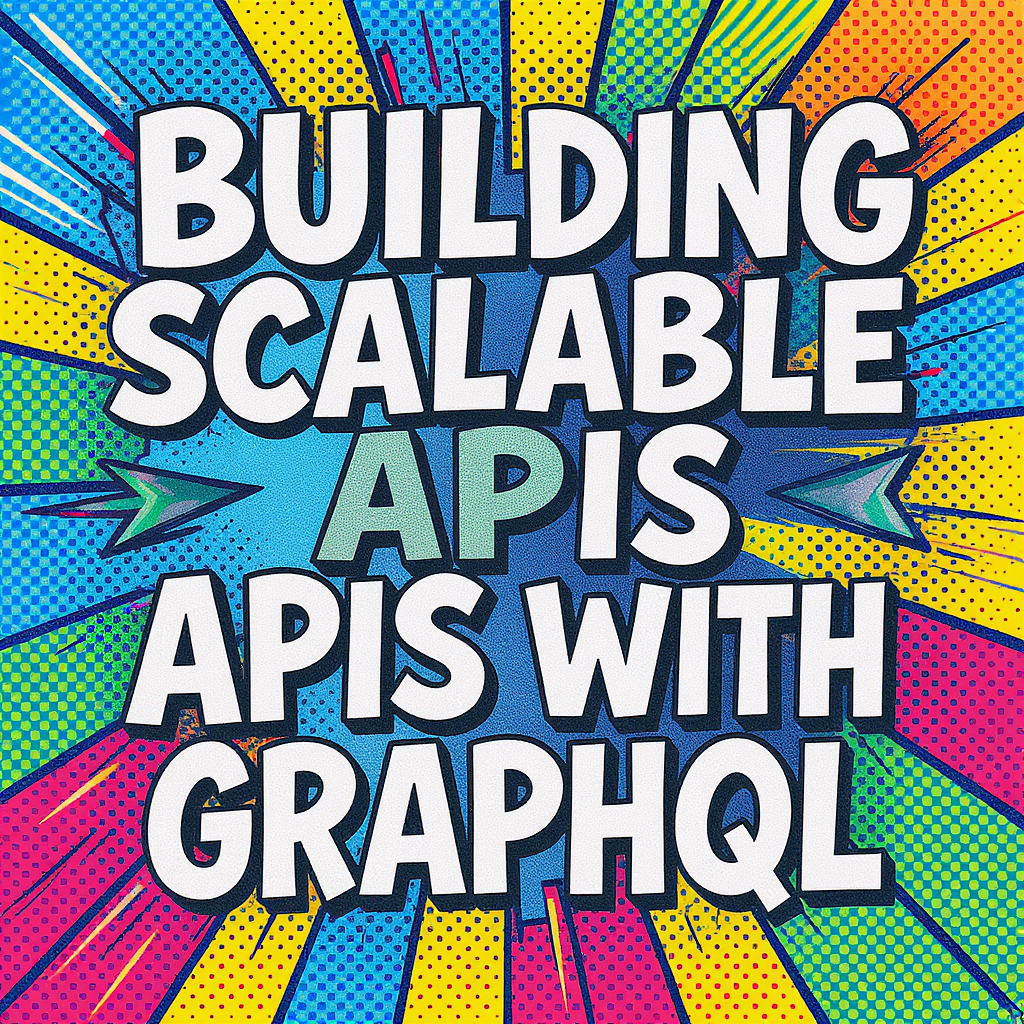Building applications with constantly evolving data requirements necessitates APIs that can adapt and scale efficiently. This article delves into the creation of scalable APIs using GraphQL, a query language for APIs. We’ll explore how GraphQL’s features, including strong typing, schema definition, and its inherent flexibility, contribute to building APIs capable of handling growing data demands and evolving client needs. We will cover key aspects of designing a scalable GraphQL API, discussing schema design best practices, efficient data fetching strategies, and considerations for handling large datasets and high traffic loads. We will also touch upon optimizing performance and integrating with different database systems for optimal scalability. Finally, we’ll look at some tools and techniques to monitor and manage your GraphQL API for continuous improvement and robust performance in a production environment.
Schema Design for Scalability
A well-structured schema is the cornerstone of a scalable GraphQL API. Over-fetching and under-fetching are common pitfalls in REST APIs, but GraphQL’s client-specified queries mitigate these issues. However, a poorly designed schema can lead to performance bottlenecks. Avoid deeply nested objects, as traversing complex structures can impact query resolution time. Favor a flatter schema with well-defined types and relationships. Utilize interfaces and unions to promote reusability and maintain consistency across your data model. Remember that your schema is a contract; thoughtful design minimizes future refactoring needs as your application grows.
Efficient Data Fetching and Caching
Efficient data fetching is paramount for scalability. Leverage GraphQL’s ability to fetch only the necessary data. Avoid N+1 queries by utilizing dataloaders or other batching techniques. These techniques reduce database round trips, significantly improving performance, especially under heavy load. Implement caching strategies, such as using a dedicated cache layer (like Redis) to store frequently accessed data. This reduces the load on your database and minimizes response times. Consider using different caching strategies (e.g., per-request, per-resolver) to optimize for various scenarios.
Handling Large Datasets and High Traffic
As your application scales, you’ll need to handle increasing data volumes and concurrent requests. Employ database optimization techniques, such as proper indexing and query optimization, to ensure your database can efficiently handle the load. Consider using a connection-based architecture for pagination, allowing clients to fetch data in smaller, manageable chunks instead of retrieving the entire dataset at once. This prevents overwhelming the client and the server with large responses.
For even greater scalability, explore using techniques like data sharding to distribute your data across multiple databases. This horizontally scales your database, ensuring high availability and performance even with massive datasets. Carefully consider how to handle data consistency across shards.
Monitoring and Performance Optimization
Continuous monitoring is crucial for maintaining a high-performing and scalable GraphQL API. Use monitoring tools to track key metrics such as response times, query complexity, and error rates. Identify performance bottlenecks by analyzing slow queries and optimizing your resolvers. Profiling your code can pinpoint areas for improvement. Consider using a dedicated GraphQL monitoring service to gain deeper insights into API performance. Regularly reviewing your schema and data fetching strategies will help you proactively address potential scalability issues.
Tools such as Apollo Studio and GraphQL Voyager can aid in schema visualization and performance analysis, making proactive optimization easier.
| Optimization Technique | Description | Impact on Scalability |
|---|---|---|
| Data Loaders | Batching database requests | Reduces database load, improves response time |
| Caching | Storing frequently accessed data | Minimizes database load, reduces latency |
| Connection-based Pagination | Fetching data in smaller chunks | Handles large datasets efficiently, prevents client overload |
| Schema Optimization | Designing a flat, efficient schema | Improves query resolution time |
Building scalable GraphQL APIs requires a holistic approach. From meticulous schema design and efficient data fetching strategies to robust handling of large datasets and continuous monitoring, every aspect contributes to the overall performance and scalability of your API. By carefully considering these aspects throughout the development lifecycle and utilizing appropriate tools and techniques, you can create a robust, adaptable, and performant GraphQL API that scales gracefully to meet the demands of your application and its users. Regularly reviewing and optimizing your API based on performance monitoring is essential to ensure long-term scalability and maintain optimal user experience. The focus should always be on a balance between developer experience, data integrity, and ultimate performance.
References
Image By: Black Forest Labs






